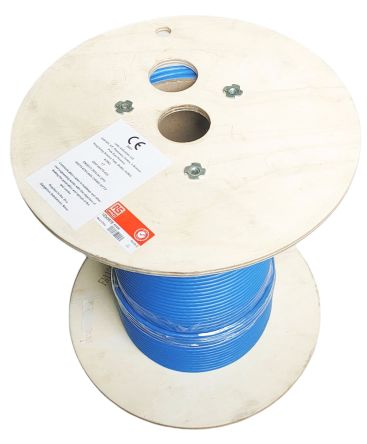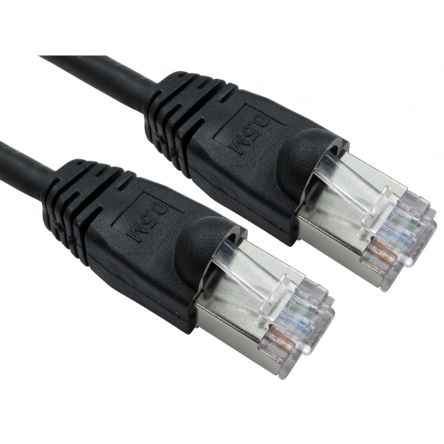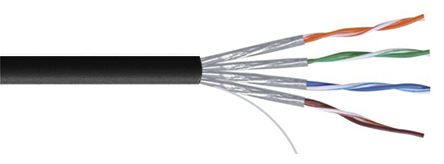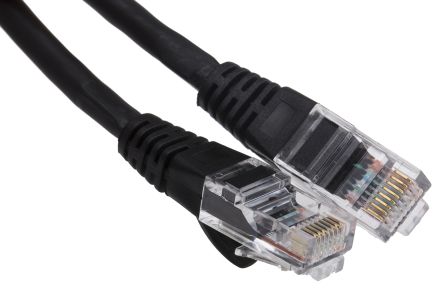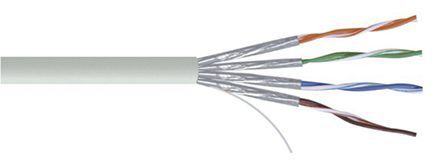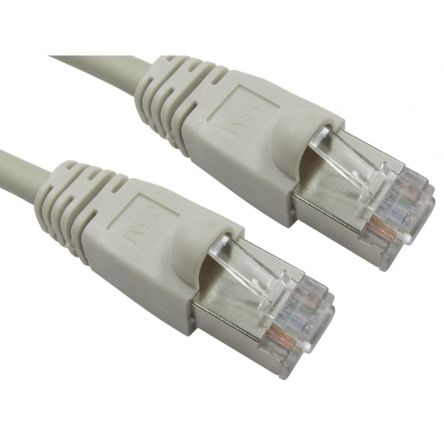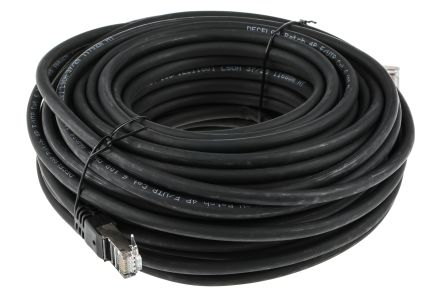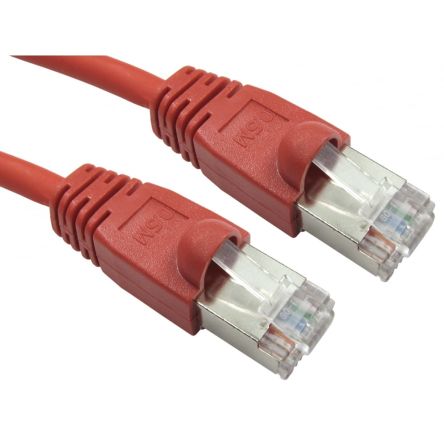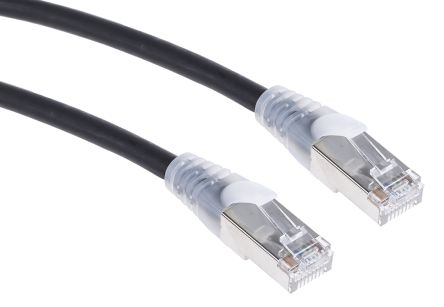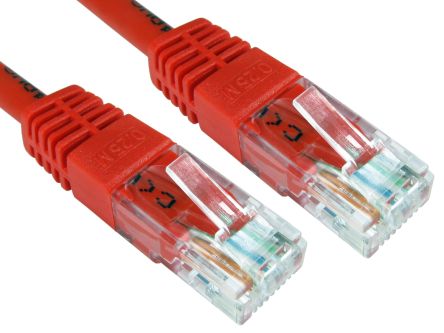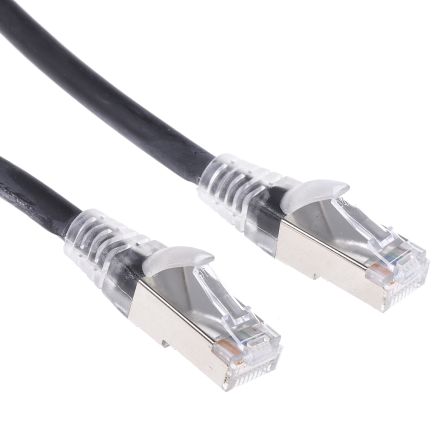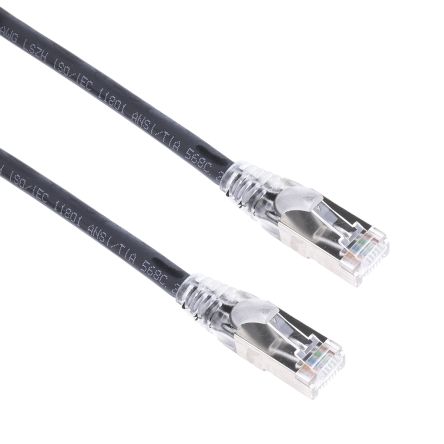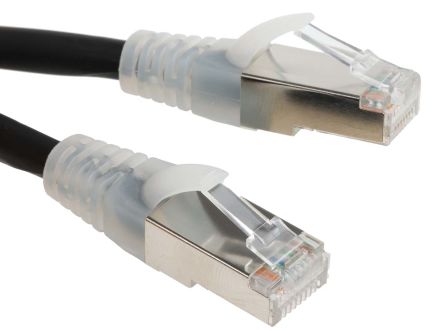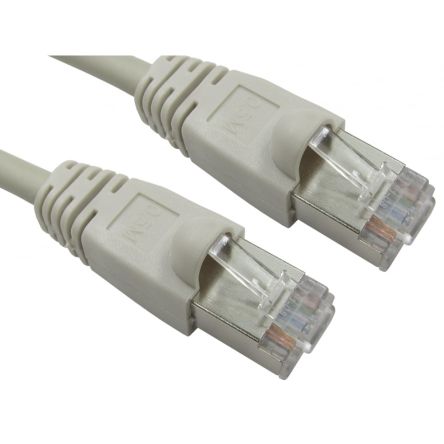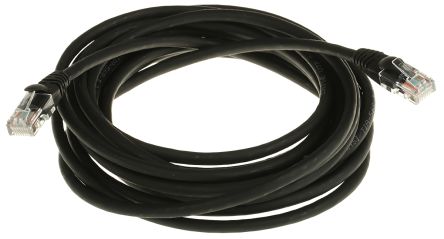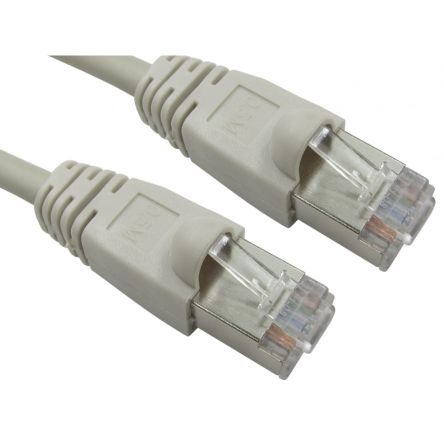- Automation & Control Gear
- Cables & Wires
- Enclosures & Server Racks
- Fuses & Circuit Breakers
- HVAC, Fans & Thermal Management
- Lighting
- Relays & Signal Conditioning
- Switches
- Batteries & Chargers
- Connectors
- Displays & Optoelectronics
- ESD Control, Cleanroom & PCB Prototyping
- Passive Components
- Power Supplies & Transformers
- Raspberry Pi, Arduino, ROCK, STEM Education & Development Tools
- Semiconductors
Ethernet Cable
Ethernet cables are physical cables that are used to connect devices in a wired local area network (LAN). They are commonly used to establish a wired connection between computers, routers, switches, and other networked devices. Ethernet cables are essential for transmitting data, such as internet traffic, between devices within a network.
What are the features and benefits of ethernet cables?
- Physical Design: Ethernet cables typically consist of twisted pairs of copper wires encased in a protective outer sheath. The most common type of Ethernet cable is known as "Category 5e" (Cat 5e) or "Category 6" (Cat 6). Cat 5e cables can handle speeds up to 1 gigabit per second (Gbps), while Cat 6 cables can support speeds up to 10 Gbps.
- Connectors: Ethernet cables use connectors called "RJ-45 connectors" at each end. These connectors have eight pins that make contact with the eight wires inside the cable. They are designed to snap into Ethernet ports on devices.
- Ethernet Standards: Ethernet cables adhere to various standards, such as 10BASE-T, 100BASE-TX, and 1000BASE-T, which specify the maximum data transfer speeds they can support. Newer standards like 10GBASE-T support even faster data rates.
- Cable Length: Ethernet cables have a maximum recommended length, which depends on the specific standard and cable quality. For example, Cat 5e cables should not exceed 100 meters (about 328 feet) in length for optimal performance.
- PoE (Power over Ethernet): Some Ethernet cables support Power over Ethernet, allowing both data and electrical power to be transmitted over the same cable. This is often used to power devices like IP cameras and VoIP phones.
- Colour Coding: Ethernet cables often follow a colour-coding scheme for the wires inside. The most common colour code is TIA/EIA-568-B, which specifies the order of wire pairs within the cable.
Here are some of the most common types of Ethernet cables:
- Cat 5e (Category 5e): Cat 5e cables are among the most used Ethernet cables. They support data transfer speeds of up to 1 gigabit per second (Gbps) and are suitable for most home and small office network applications.
- Cat 6 (Category 6): Cat 6 cables are an improvement over Cat 5e and can handle higher data transfer speeds, up to 10 gigabits per second (Gbps) over shorter distances.
- Cat 6a (Category 6a): Cat 6a cables, also known as Cat 6 Augmented, offer even higher data transfer speeds, up to 10 Gbps over longer distances than Cat 6 cables.
- Cat 7 (Category 7): Cat 7 cables are designed for high-speed networking and offer data transfer speeds of up to 10 Gbps.
- Cat 8 (Category 8): Cat 8 cables are the latest addition to Ethernet cable categories and are designed for extremely high-speed data transfer.
- Cat 8.1 (Category 8.1): Cat 8.1 is a variant of Cat 8 cables designed for use in residential and commercial applications. It supports data transfer speeds of up to 25 Gbps
For more information please check out our guide to ethernet cables:
https://uk.rs-online.com/web/content/discovery/ideas-and-advice/ethernet-cables-guide
Populaire zoekopdrachten
- cat7 ethernet cable
- cat6 ethernet cable
- crossover ethernet cable
- amphenol ethernet cable
- belden ethernet cable
- commscope ethernet cable
- d link ethernet cable
- harting ethernet cable
- igus ethernet cable
- lapp ethernet cable
- legrand ethernet cable
- molex ethernet cable
- phoenix contact ethernet cable
- siemens ethernet cable
- telegartner ethernet cable
- turck ethernet cable
Gerelateerde Links
- 5m F/UTP Cat5 Ethernet Cable Assembly Blue
- Network Testers
- Ethernet Connectors
- Alpha WireAlpha Essentials Coaxial Cable Grey Unterminated PVC Sheath
- Patch cable/flat CAT6 U/UTP 1m Black
- Ethernet Connector Accessories
- 500mm FTP Cat5 Ethernet Cable Assembly Yellow
- RS PRO Blue RJ45 to Male RJ45 Male Terminated PVC Sheath
